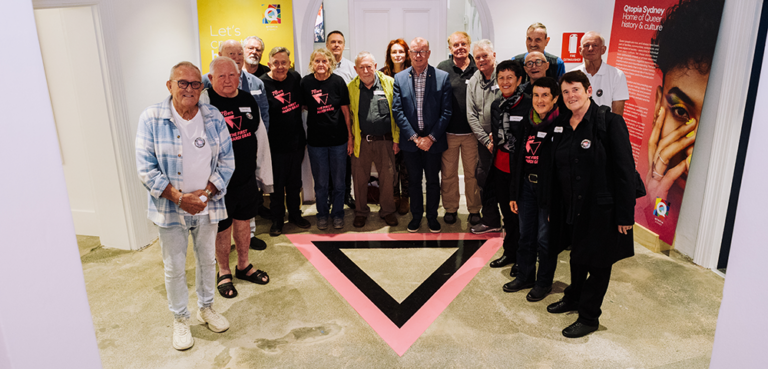
Floor space requirements
How much floor area does a person really need? This is a tricky question. Your own need for space depends on many variables and every individual has their own notion of what amount of space is enough. This notion is influenced by many factors. To a large extent it is cultural and is affected by the conditions you grew up in. The population density of places such as Tokyo and Hong Kong means that residents of these cities, for example, have lower expectations of living space than Australians might. This is epitomised by Tokyo’s capsule hotels.
Australians who have grown up with large backyards, spacious parks and school grounds as well as the outback on their doorstep have a very different perception of what amount of space is required for living. Spoilt for generations with comparatively low property prices and high land availability, Australians have come to expect to be able to live in free-standing houses with gardens. For most people throughout the world this is the stuff of dreams.
Much has changed over the past 10 years, and housing is no longer as affordable. This, along with increased population densities in cities, has resulted in urban consolidation and many more people choosing to live in apartments. Despite this trend, a significant proportion of Australians still strive to live in large homes and this desire fuels continued residential development on city outskirts where land is cheaper.
Statistically Australian households are smaller than ever. There are more people living alone and families, though no longer shrinking, are very small. So why are our houses, on average, growing in size? To a large extent this increase is linked to affluence. Australians are more affluent than ever and are aspiring to live better lives than their parents. For many, this includes improving one’s social status. House size is a major indicator of one’s standing in society and as a consequence more and more people are placing size over location when selecting a new home. So-called McMansions are likely to have a two- or three-car garage, multiple living spaces, at least four bedrooms and a bathroom for each family member. New technologies are also fuelling the desire for larger homes with media rooms and home offices being common inclusions in new residences.
So does this blow-out in house size matter? Apart from any aesthetic argument, are there negative impacts of building such large homes for such small families?
The first issue is the fact that most people can afford a large house only if it’s far away from the city centre. Living so far from the city results in an increased reliance on cars, compounding existing traffic problems and increasing pollution. Commuting to work can take hours out of your day and the many attractions of the city, both cultural and commercial, are not within easy reach.
Considered less often, however, are the environmental and social impacts of such development. Larger houses require more materials to build and building materials require large amounts of energy to produce and transport. Larger houses also need more energy to light, heat and cool. The larger the house you occupy the bigger your environmental footprint. Social commentators have also criticised the impact such housing forms and urban design have on family and community interactions. New suburbs are commonly poorly serviced by public transport and do not have shops or recreation facilities within walking distance. A large proportion of their population is absent between early morning and night, leaving homes prone to break-ins and theft.
A solution may be as simple as good design. A well-designed small house can meet the needs of a household much better than a poorly designed large house. Efficient storage, flexible and adaptable accommodation as well as the minimisation of circulation spaces can all help reduce the actual floor-plate required. If, however, the big-is-better mindset cannot be altered amongst Australian home-buyers, then the expansion of McMansion suburbs is sure to continue.









